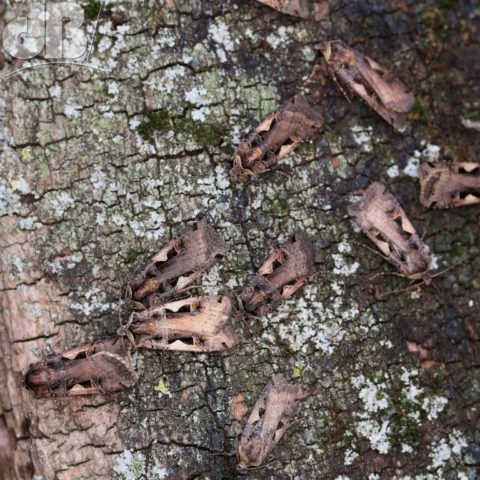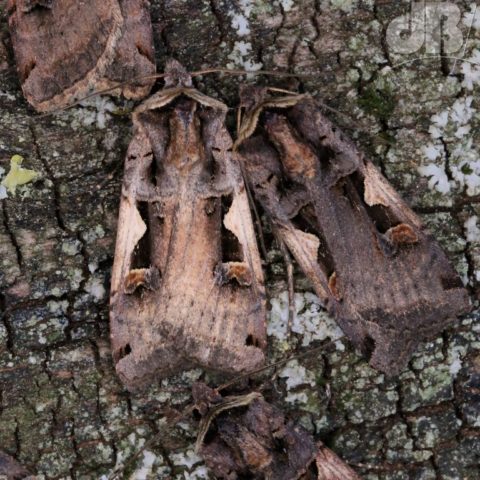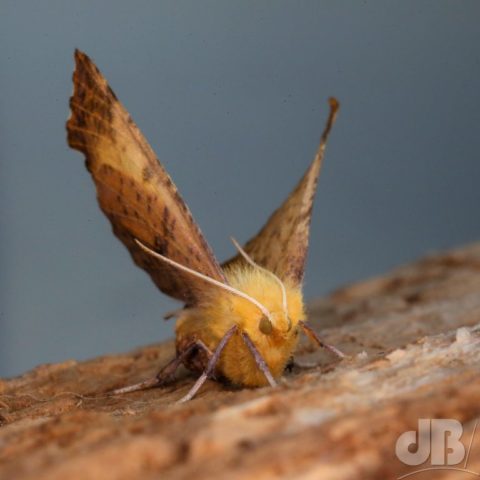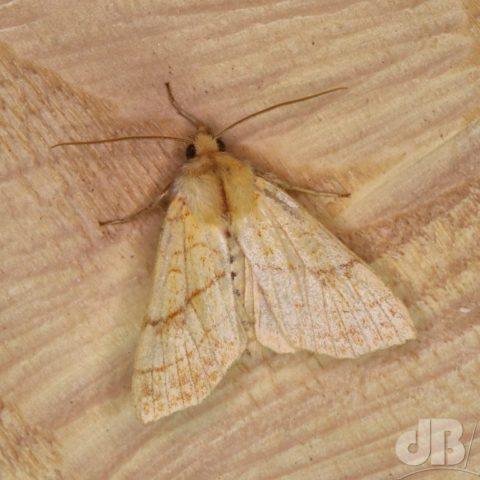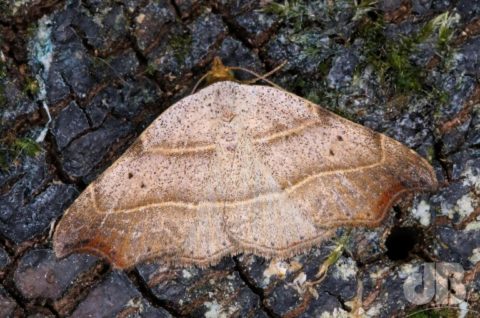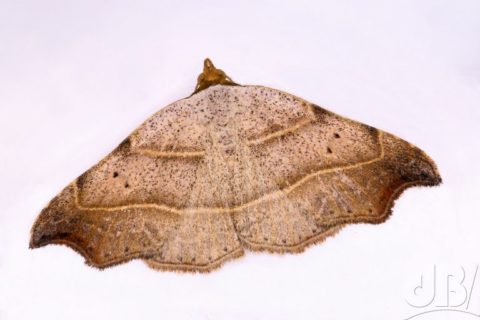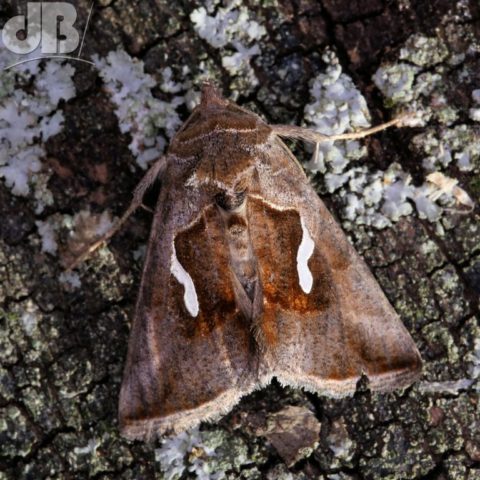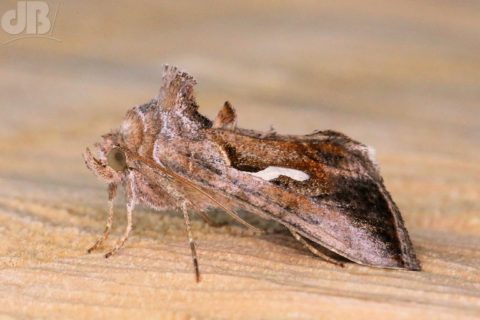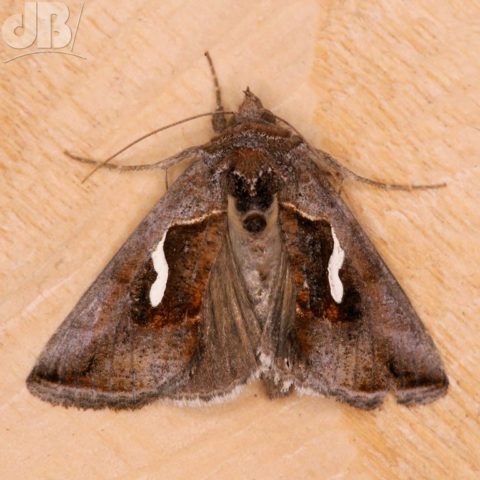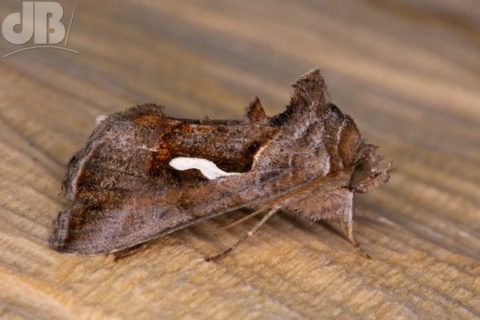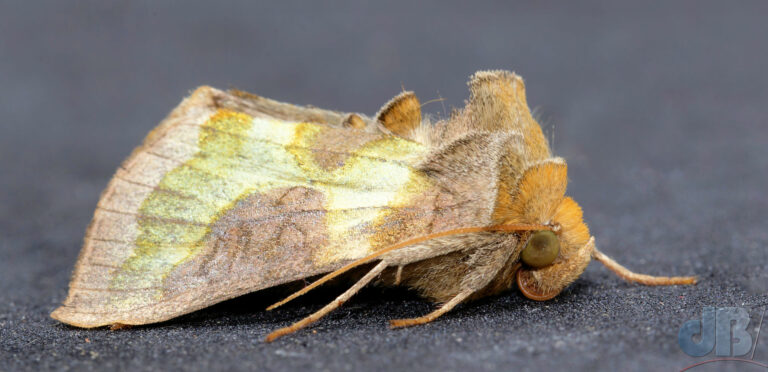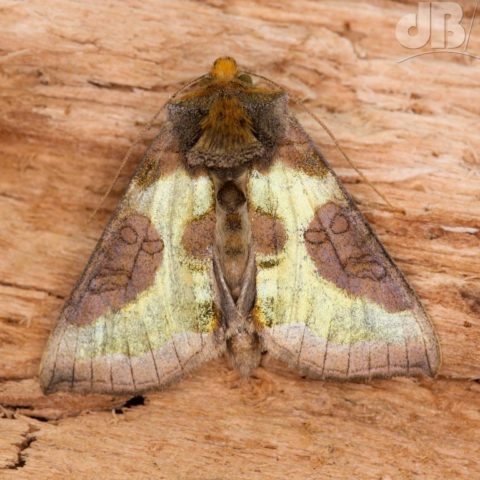UPDATE: One Merv in the night and another to join it by morning!
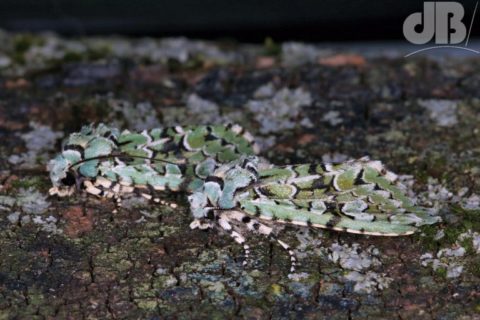
I only started mothing with a scientific trap a little over a year ago (24 Jul 2018, to be precise) but have logged and photographed well over 300 different species since then.
I heard about Griposia aprilina, aka the Merveille du Jour, a few weeks after I started and thought it would be a nice specimen to see. But, its larvae feed on oaks and as far as I know, there are none particularly close to our garden. I was ever hopeful of seeing this little marvel but I didn’t hold out much hope of it ever making an appearance.
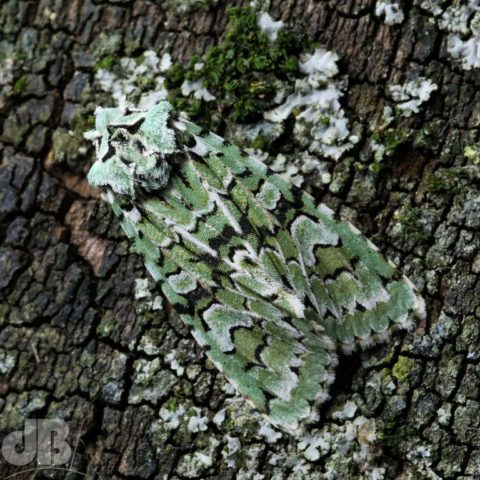
This beautifully marked green (and black and white) moth usually emerges in adult form in early October to fly and mate. This time last year, I hadn’t seen one and even though I lit up all the way through the autumnal and winter moth season up to mid-December or thereabouts, Merv never showed.
After our recent wildlife, yoga, and sightseeing trip to the Greek Island of Kythira, I got back to lighting up only a couple of nights ago. Tonight, I was about to head for bed, but thought I would check the trap for Thorns and Sallows only to be rewarded with the little wonder that is the Merveille du Jour. It’s odd that some British moth-ers tend to call it a “Wonder of the Day” when they translate its obviously French name, using the Germanic “wonder”. Either way, it’s a marvellous and wonderful moth.
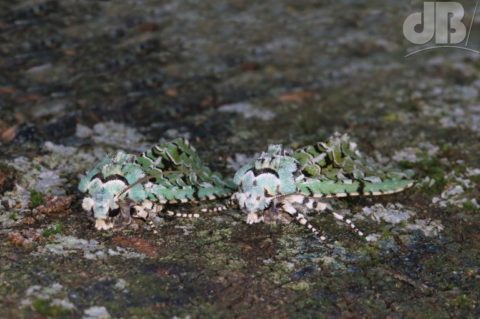
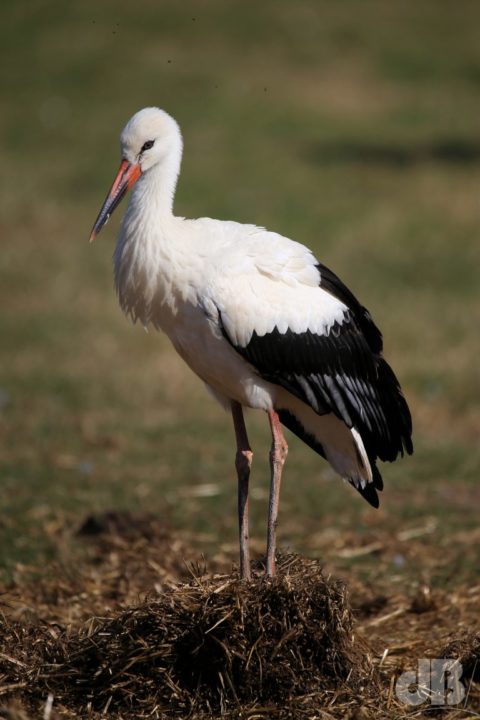
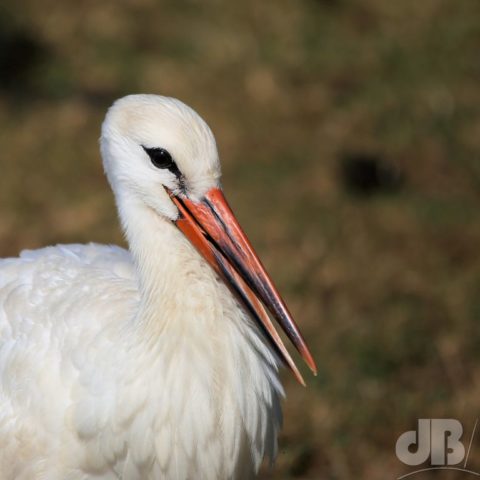
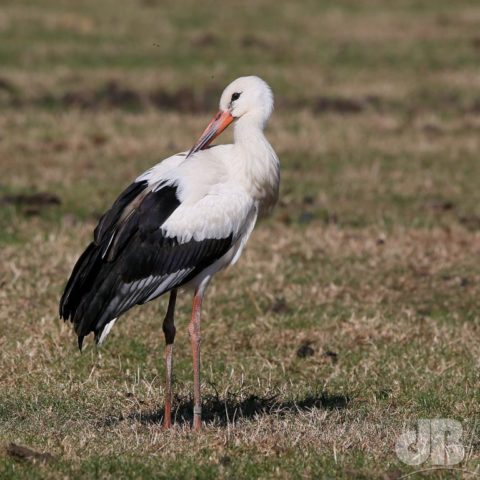
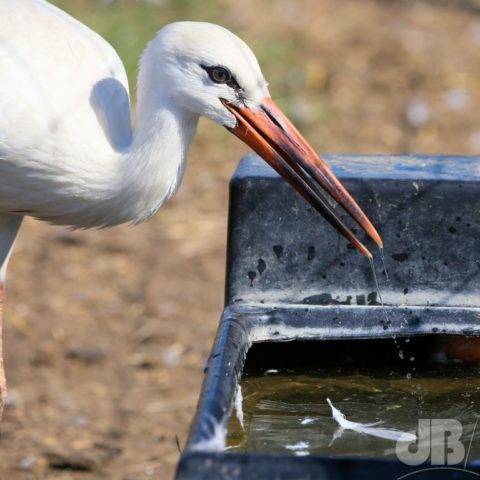
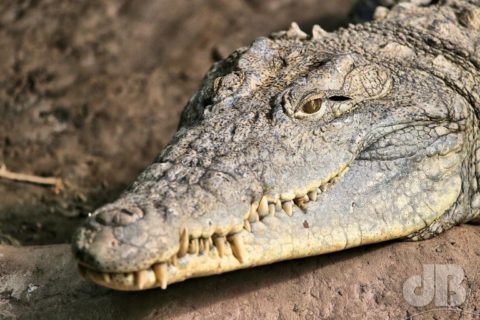
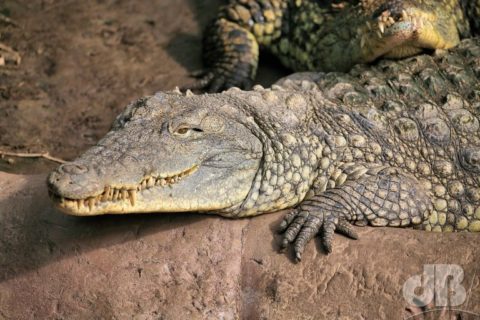
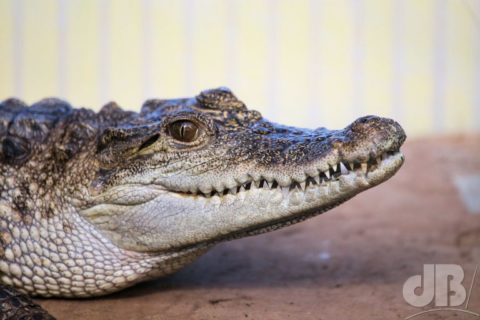
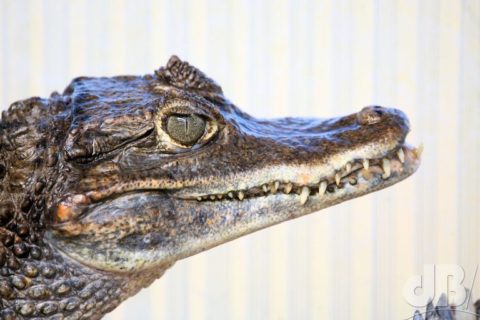
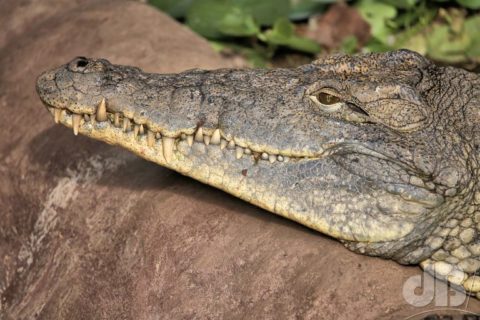
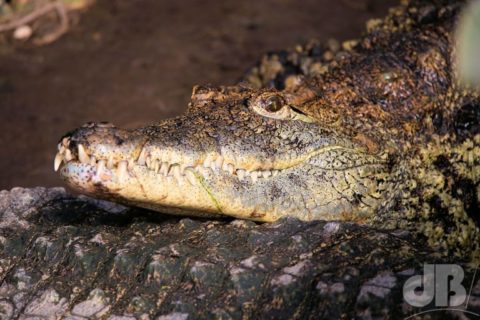
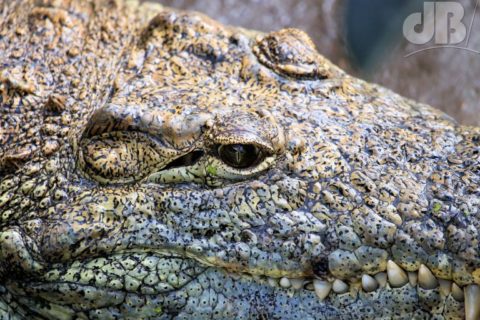
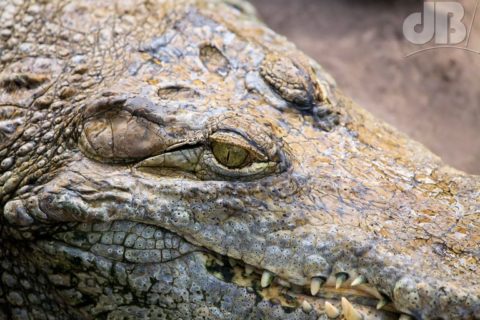
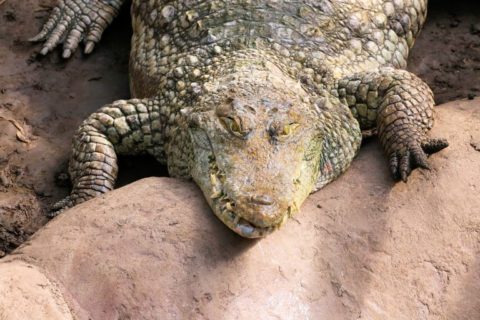
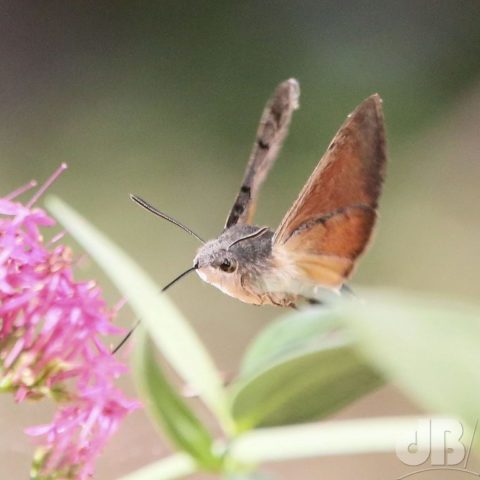
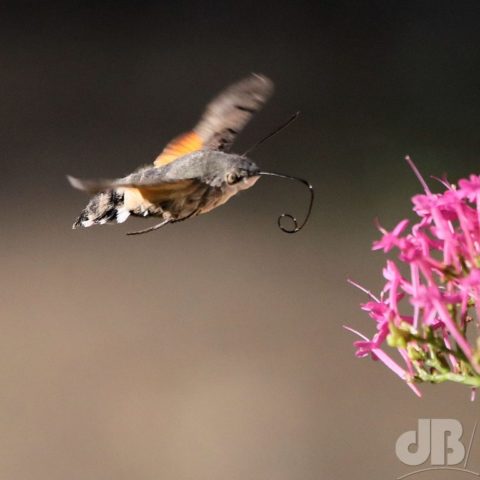
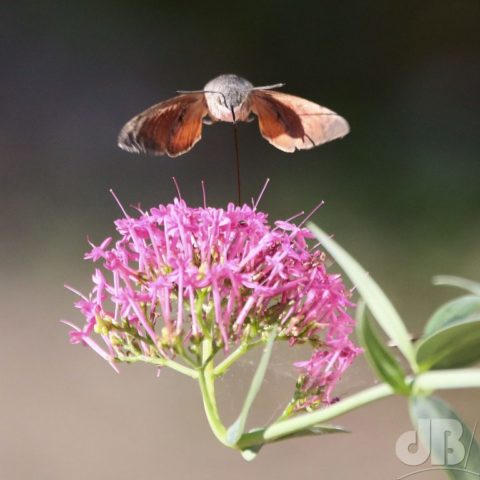
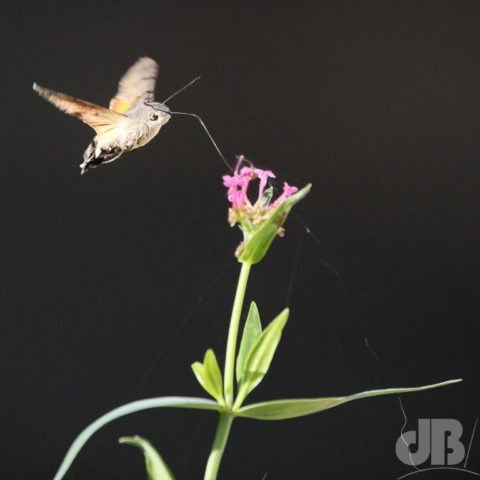
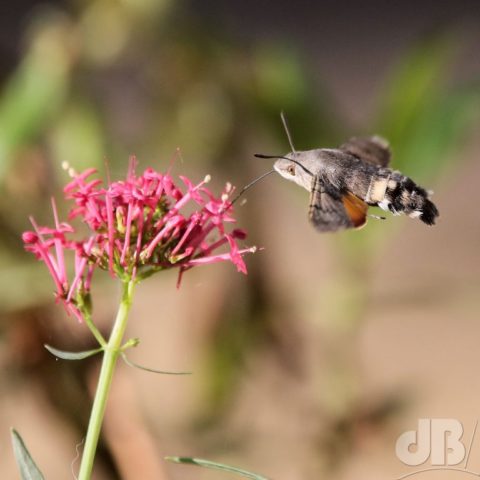
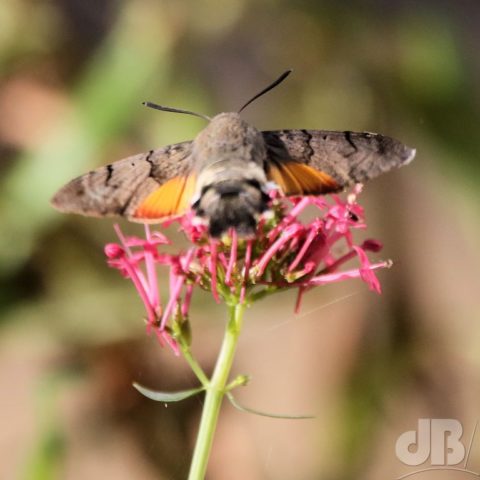
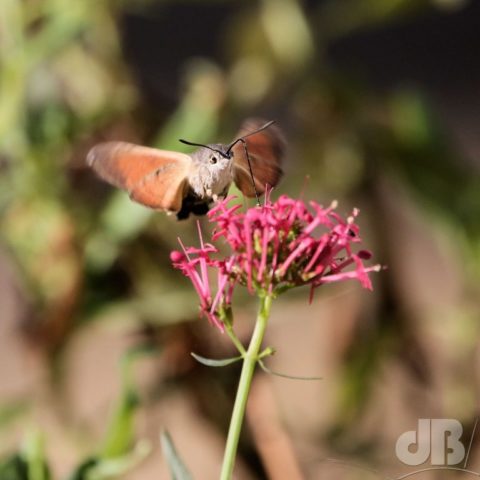
 The moth mothers often abbreviate as the SHC, the
The moth mothers often abbreviate as the SHC, the 